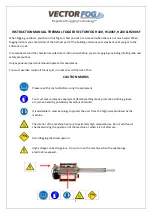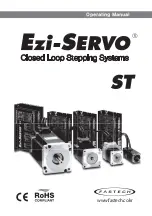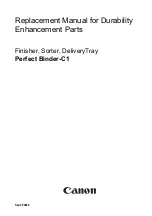Summary of Contents for PRESTO
Page 1: ......
Page 2: ......
Page 52: ...Stitch Setting Chart B 44 ...
Page 96: ...Decorative Stitching S 44 ...
Page 104: ...Sewing the Various Built in Decorative Patterns D 8 ...
Page 127: ......
Page 128: ...English 888 F11 Printed in Vietnam XG5453 001 ...



































